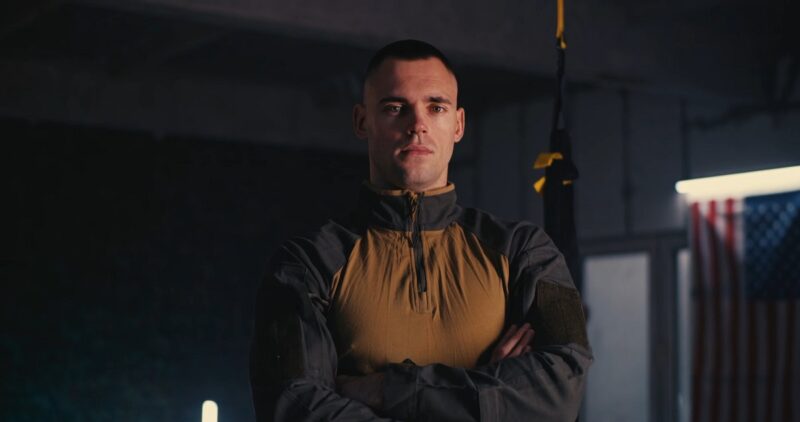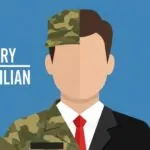Military-style training is no longer limited to soldiers and defense personnel. In recent years, it has gained traction among civilians, corporate groups, and even fitness enthusiasts.
The concrete reason for this rising popularity is the combination of discipline, resilience, and practical skills that military training provides.
Unlike traditional workouts or academic courses, it blends physical conditioning, mental toughness, teamwork, and survival knowledge, which are highly relevant in today’s fast-paced, uncertain world.
People seek more than just exercise or education; they want structured training that prepares them to face challenges both in daily life and in crises.
This unique blend of functionality, self-defense, and confidence-building explains why military training programs are increasingly in demand.
Physical Fitness Beyond the Gym

Military training emphasizes strength, endurance, and agility. Unlike standard gym workouts that often focus on appearance, military drills are built for functionality and resilience.
Activities such as obstacle courses, loaded marches, and bodyweight circuits are designed to replicate real-life physical challenges.
Participants report that this type of fitness not only improves their stamina but also sharpens their reflexes and reduces injury risks in everyday life.
| Training Focus | Standard Gym | Military Training |
| Goal | Aesthetic and muscle growth | Functionality, endurance, adaptability |
| Equipment | Machines, weights | Bodyweight, outdoor terrain, gear |
| Benefits | Strength and physique | All-terrain readiness, injury prevention, resilience |
Mental Toughness and Stress Management
Another core reason for the popularity of military-style training is its focus on mental resilience. Participants are pushed to go beyond their comfort zones, simulating high-pressure situations.
This builds grit, patience, and stress control, qualities that are increasingly valued in modern work and personal life.
For many, it is less about the physical challenge and more about proving to themselves that they can handle pressure, which translates to stronger performance at work, in sports, and even in personal crises.
Teamwork and Leadership Development
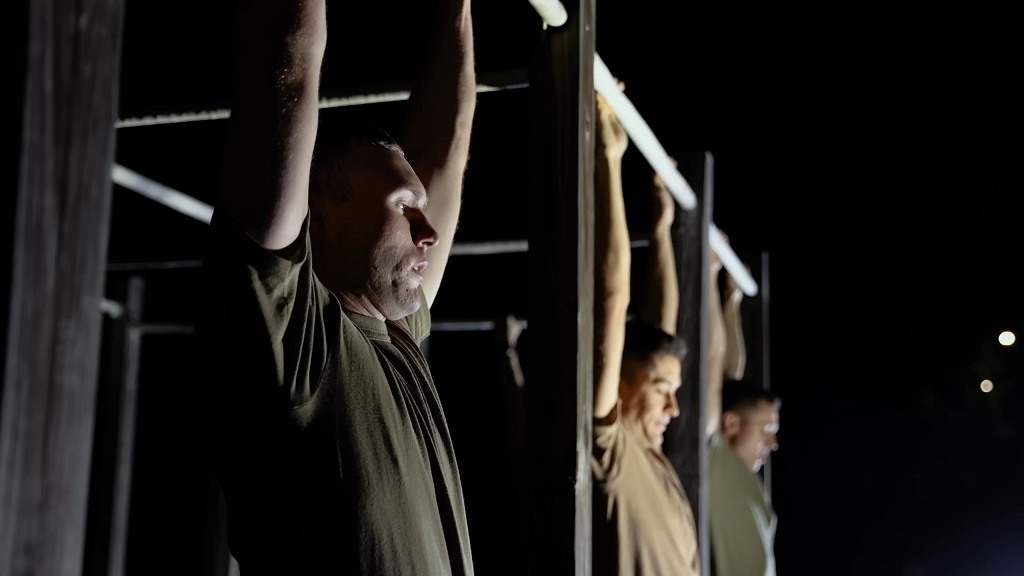
Unlike individual fitness routines, military training emphasizes group dynamics. Team-based challenges, drills, and problem-solving exercises foster collaboration and leadership skills.
Corporate organizations are particularly drawn to these programs as they simulate high-pressure teamwork scenarios, helping employees strengthen trust and communication.
| Benefit | Corporate Application | Personal Application |
| Teamwork | Stronger project collaboration | Better communication in groups |
| Leadership | Decision-making under pressure | Confidence in daily life choices |
| Discipline | Meeting deadlines and goals | Better personal productivity |
Preparedness and Survival Skills
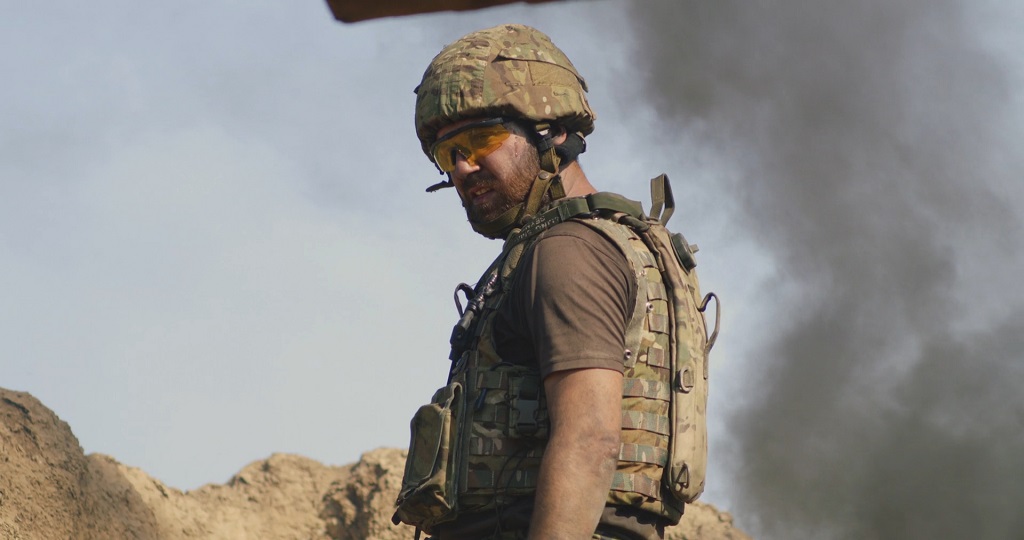
In today’s world, uncertainty has become part of daily life. From unexpected natural disasters like floods and wildfires to increasing concerns about personal security in urban environments, people are realizing that being prepared is no longer optional; it is essential.
Military training appeals strongly to this need because it equips participants with skills that are directly transferable to emergencies.
These programs often cover:
- Navigation and orientation – using maps, compasses, or even natural landmarks to find direction.
- First aid and emergency response – learning how to stabilize injuries, manage bleeding, and provide CPR when medical help is delayed.
- Self-defense and situational awareness – understanding how to protect oneself, de-escalate conflict, and react quickly in dangerous circumstances.
- Resource management – handling food, water, and shelter efficiently in survival scenarios.
| Skill Category | Civilian Benefit | Example Use Case |
| Navigation | Avoiding disorientation during hikes or crises | Finding safe evacuation routes |
| First Aid | Lifesaving intervention before paramedics arrive | Treating injuries after an accident |
| Self-Defense | Confidence in unsafe environments | Responding to attempted theft or assault |
| Resource Management | Smarter use of supplies during shortages | Sustaining the family during a blackout |
Unlike a simple workout, these abilities provide a sense of confidence and self-reliance that people find increasingly valuable in uncertain times.
Growth of Specialized Civilian Programs
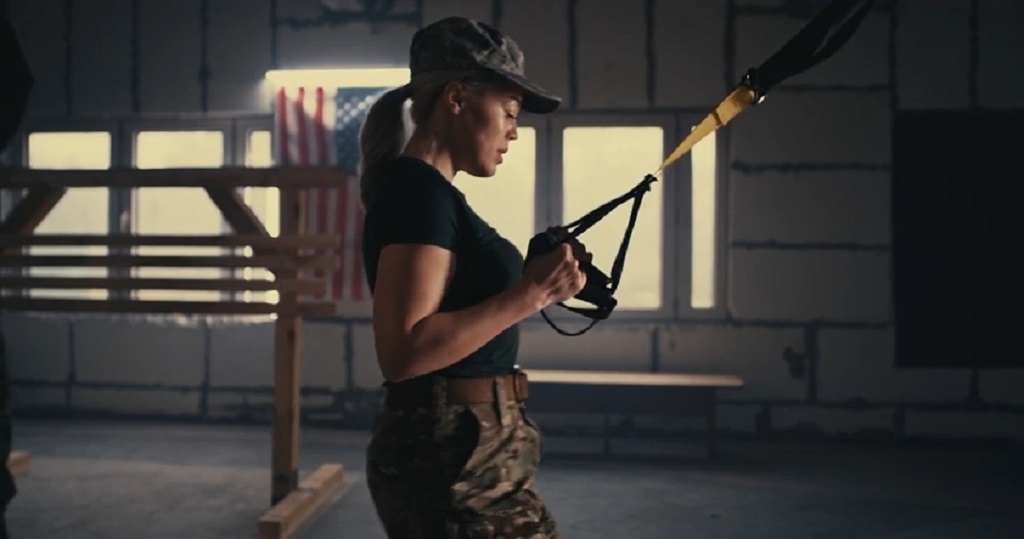
The civilian market for military-inspired training has expanded rapidly. Fitness centers, outdoor schools, and even universities are offering courses that adapt traditional military methods to everyday needs.
The demand is diverse: some people want the physical intensity of boot camps, while others are drawn to the strategic mindset of defense training.
Programs now include:
- Civilian boot camps – designed for group exercise, emphasizing endurance, obstacle challenges, and discipline.
- Self-defense workshops – practical skills for handling confrontations or attacks in public spaces.
- Leadership and resilience retreats – combining outdoor challenges with seminars to build confidence and decision-making abilities.
- Specialized modules such as the tactical training course – targeted for people who want advanced situational awareness, stress management under pressure, and defensive readiness.
| Program Type | Primary Audience | Key Benefit |
| Civilian Boot Camps | Fitness enthusiasts | Improved strength and stamina |
| Self-Defense Workshops | General public | Personal safety and confidence |
| Leadership Retreats | Corporate teams | Team-building and decision-making skills |
| Tactical Training Course | Athletes, professionals, safety-conscious civilians | Real-world defensive readiness |
This variety ensures that anyone, from a busy professional to a parent, can find a program that aligns with their lifestyle goals.
Influence of Media and Pop Culture
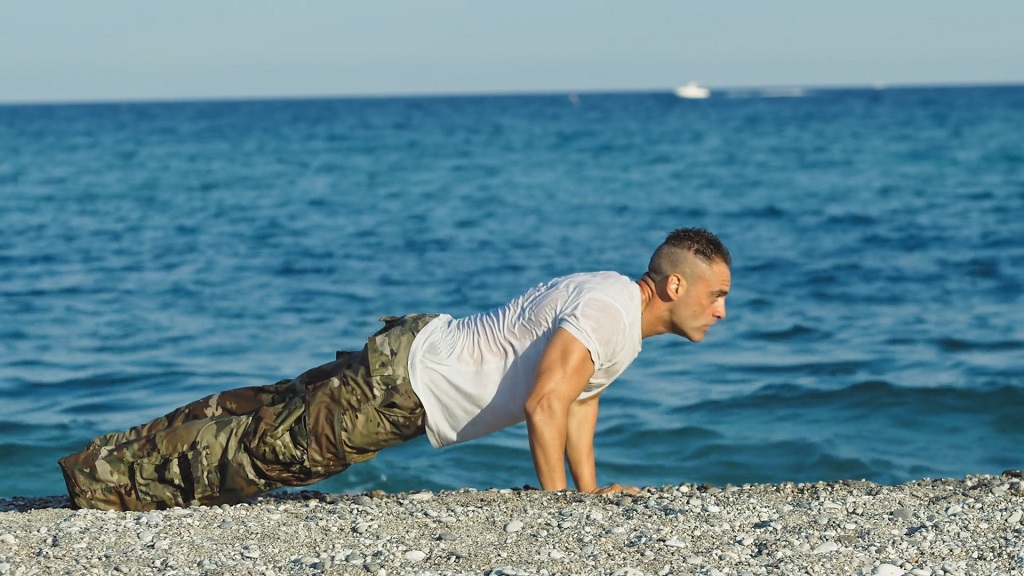
The entertainment industry has played a massive role in making military-style training appealing to the public. Movies, television series, and video games often depict soldiers as symbols of strength, precision, and bravery, which has sparked curiosity among audiences to try a slice of that life themselves.
Social media has amplified this effect. Influencers frequently document their experiences in military-inspired boot camps, showcasing transformations in fitness, confidence, and teamwork. These posts reach millions of viewers, encouraging many to sign up for similar programs.
- Movies & Series – portray tactical missions, survival training, and elite forces, inspiring admiration.
- Video Games – immerse players in military strategy and tactics, creating interest in real-world training.
- Reality Shows – bring the drama of survival and endurance into living rooms, making the challenge relatable.
- Influencers – normalize and glamorize participation in boot camps and survival courses.
The combination of entertainment and real-life visibility has made military training feel accessible, even aspirational, especially for younger demographics.
Health and Lifestyle Trend Alignment
Modern lifestyles increasingly emphasize holistic well-being. People want fitness programs that not only shape the body but also strengthen the mind, build social connections, and reduce stress.
Military training naturally aligns with these demands because it integrates multiple aspects of personal growth into one system.
Key lifestyle benefits include:
- Physical health – strength, endurance, cardiovascular improvement.
- Mental resilience – discipline, stress management, and adaptability.
- Social connection – teamwork fosters friendships and a sense of belonging.
- Personal growth – leadership, self-confidence, and perseverance.
| Lifestyle Dimension | How Military Training Contributes |
| Physical Fitness | Full-body conditioning, stamina, and agility |
| Mental Health | Stress reduction through discipline and focus |
| Social Interaction | Team-based challenges and shared achievements |
| Personal Growth | Confidence from mastering difficult challenges |
Unlike single-focus activities such as gym workouts or meditation classes, military training combines the best of multiple worlds, making it especially attractive to those who want efficient, all-in-one growth.
Conclusion
Military training is gaining popularity because it offers more than exercise; it provides resilience, leadership, preparedness, and real-world skills.
People are not just seeking to look good; they want to feel strong, capable, and confident in unpredictable environments.
Whether through corporate team-building sessions, fitness boot camps, or specialized programs like tactical training, the appeal lies in its practical benefits and its ability to make individuals more self-reliant.

